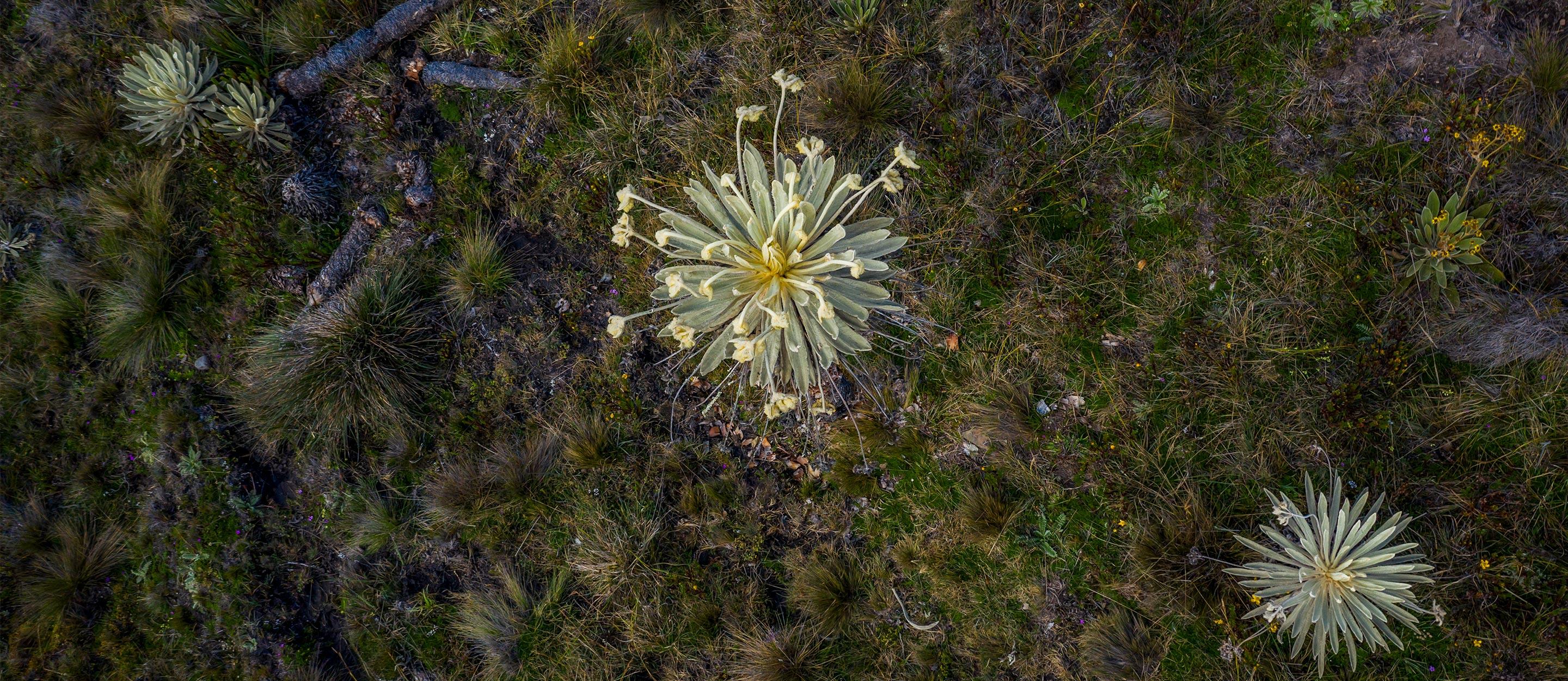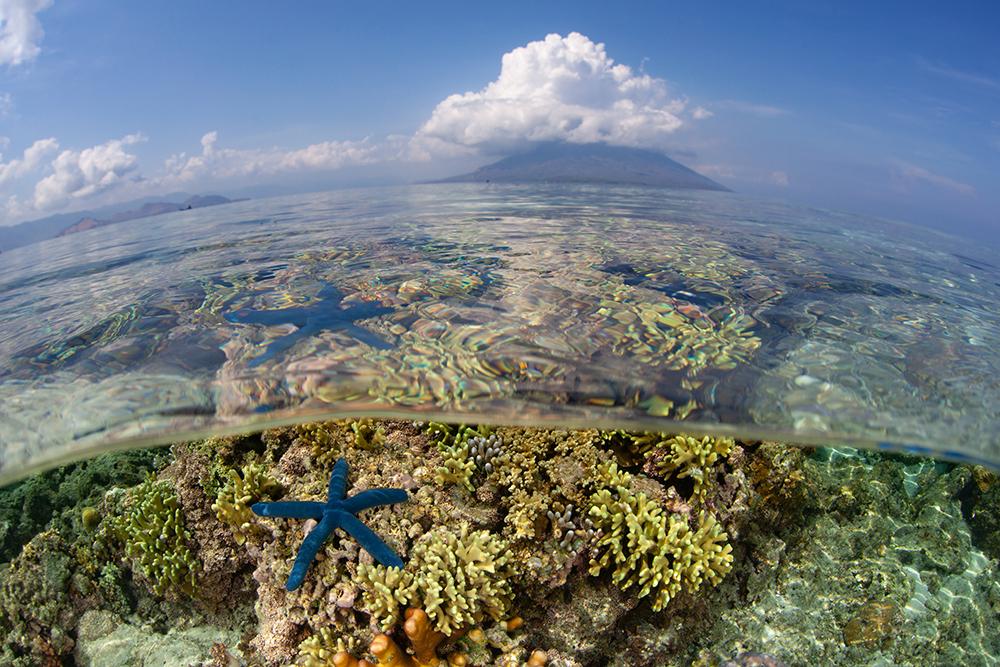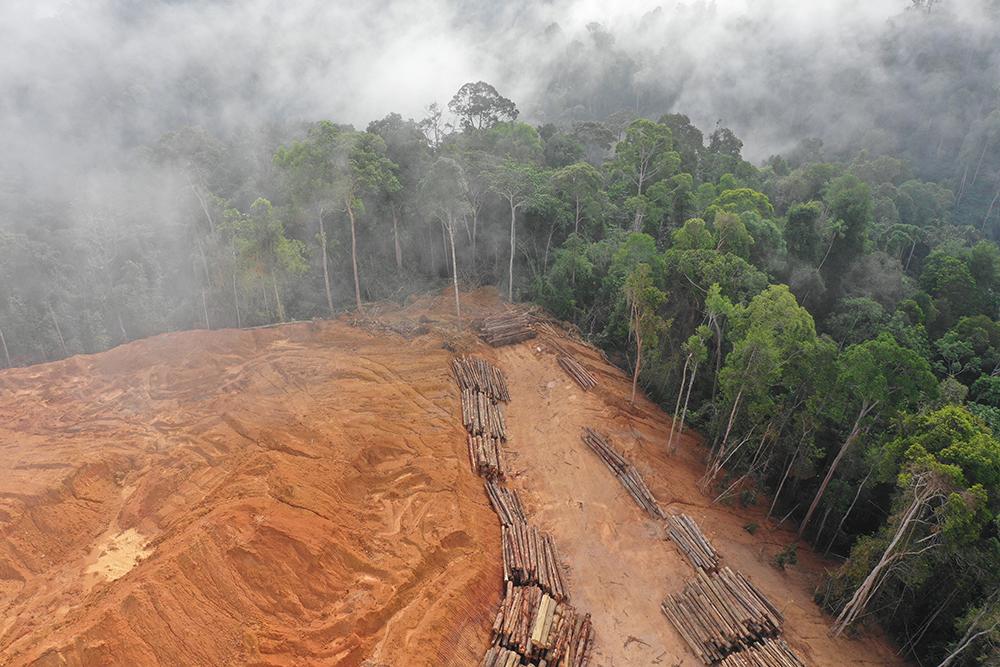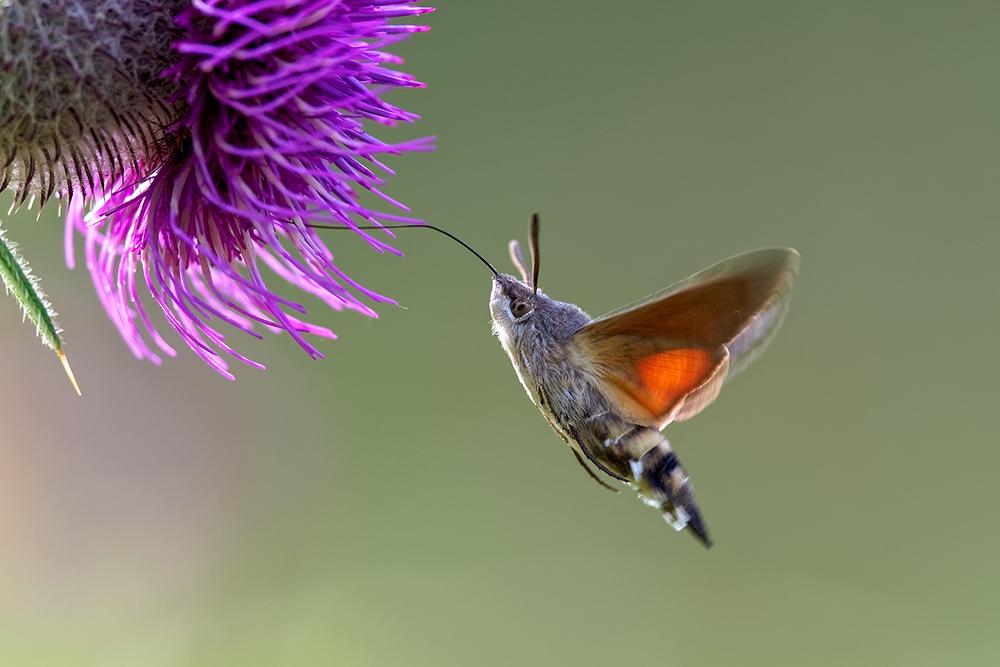Biodiversity or biological diversity is a measure of the abundance of different life in a given habitat. A distinction is made between three levels: diversity of species, diversity within species, and diversity of ecosystems. All three categories are currently dwindling drastically.
 Andres Bo
Andres Bo
UN Biodiversity Conference 2024: COP16 in a nutshell
The next UN Biodiversity Conference will be held in the Colombian city of Cali at the end of October. Here we answer the most frequently asked questions about the 16th meeting of the Conference of the Parties (COP) to the Convention on Biological Diversity (CBD).
When and where will the UN Biodiversity Conference 2024 take place?
The 16th meeting of the Conference of the Parties (COP16) will be held in Cali, Colombia, from 21 October to 1 November 2024. The theme of the meeting will be Peace with Nature (Paz con la Naturaleza). It will be held in one of the most biodiverse parts of the world. The Andes, Amazon, Pacific and Caribbean are all known for their rich biodiversity. Colombia is considered to be a biodiversity hotspot, home to a huge number of endemic flora and fauna species, which are also particularly at risk.
Who will be attending COP16?
The 196 signatory states to the Convention on Biological Diversity (CBD) will be attending the meeting, along with representatives from the business world, the science and research community and civil society. The latter include non-governmental organisations (NGOs), Indigenous Peoples and local communities. The CBD is the single most important multilateral convention aiming to conserve biodiversity on Earth. Only four states, including the USA, have so far failed to ratify the Convention. They will have observer status in Cali.
What are the goals of the CBD COP16?
The meeting will aim to drive forward the implementation of the Global Biodiversity Framework adopted in Montreal in 2022. That meeting was considered trailblazing at the time, because 23 concrete targets for conserving biodiversity were adopted that were to be achieved by 2030. In the run-up to COP16 in Cali, all states are called on to translate the Global Biodiversity Framework into National Biodiversity Strategies and Action Plans (NBSAPs) and to submit these to the CBD Secretariat. Only some states have done this so far, and not all NBSAPs reflect the level of ambition that is needed.
What is the agenda for COP16?
In Cali, the international community will be negotiating numerous issues that are important for conserving biodiversity. They will, for instance, be discussing effective and equitable protection to preserve biodiversity in productive sectors, including agriculture, forestry and fishing. Ecosystem restoration will also play an important part. Another pivotal issue will be to assess the progress made by signatory states towards conserving biodiversity and to address unresolved questions relating to monitoring. And it will be important to discuss financing in Cali. The UN estimates that investment of USD 700 billion a year will be needed to protect and conserve the natural environment. The current level is closer to USD 120 billion. The Global Biodiversity Framework Fund founded in Montreal is also still seriously underfunded. Closing these funding gaps, and the role that the private sector can play in this, will be another key issue in Cali. Because one thing is clear – conservation costs money.
 dpa
dpa
What makes the UN Biodiversity Conference so important?
We are currently seeing a fundamental reshaping of nature. One in eight species is under threat of extinction, meaning that the rate of species loss today is at least 10 to 100 times higher than at any point in the last 10 million years. That is why scientists are calling this the sixth mass extinction. If we do not take action to counter these trends, the natural resource base on which all life depends will be lost at meteoric speed. Nature itself will cope with less biodiversity, but we will not. The natural environment provides us with almost everything we need to survive, from drinking water to food, clothing and medication. COP16 will be addressing measures designed to help us move closer to achieving the objectives of the Global Biodiversity Framework.
What is the 30x30 target?
The 30x30 target is one of the 23 targets set out in the Global Biodiversity Framework, and is considered one of the most prominent and vital. It states that 30 per cent of Earth’s land and sea should be protected by 2030 through the designation of protected areas and other conservation methods, because well-managed protected areas are a particularly effective way to halt biodiversity loss. Other targets include restoring 30 per cent of degraded land and reducing by half the spread of invasive species.
 ead72/stock.adobe.com
ead72/stock.adobe.com
 phototrip.cz – stock.adobe.com
phototrip.cz – stock.adobe.com
What are the consequences of biodiversity loss for humanity?
The term ‘ecosystem services’ is used to describe the many things that nature provides for us. They can take the material form of resources or can be the regulatory impacts nature provides, for example through pollination and seed dispersal, storing climate-damaging carbon dioxide (CO2) or filtering air. In addition to this, we can also regenerate physically and mentally in nature – these are intangible benefits. The larger the gene pool, the better nature can provide all these services. It is therefore important that the natural environment remains as intact and as diverse as possible. If the biodiversity spectrum shrinks, the natural resource base on which we depend will be endangered. According to UN figures, the loss of biodiversity is jeopardising half of global economic output, which is equivalent to an extrapolated USD 44 trillion per year. This is why biodiversity is prominent in the Sustainable Development Goals (SDGs), as reflected in SDG 14 (Life below water) and SDG 15 (Life on land), as well as being indispensable for the achievement of many of the other SDGs.
Why are tropical rainforests critical for biodiversity conservation?
Tropical forests are particularly rich in biodiversity. They are home to about two thirds of all known species. At the same time, most endangered species live there. In tropical regions, 47 per cent of all plant species are endangered, significantly more than elsewhere in the world, where the average is 25 per cent. It is therefore important that we do not lose any more tropical forests, especially since forests are natural carbon sinks. In this way, biodiversity is closely linked to climate action. At present, forests are falling victim mainly to agriculture, which is considered one of the main drivers of biodiversity loss. It is in turn adversely impacted by species loss.
What role do nature reserves play in biodiversity?
Nature reserves help protect ecosystems and preserve species. If left alone, species can recover on their own. ‘Let nature do the job’ was the slogan of a recent advertising campaign by a major German company, as it called for greater species protection. However, the old concept of ‘fortress conservation’, in which nature reserves are shielded from the outside world, is now considered outdated. Today, it is clear that conservation can only be effective if we work with Indigenous Peoples and local communities, not against them. Otherwise, conflicts and poaching result. Indigenous Peoples were able to ensure that the Global Biodiversity Framework does more to safeguard their rights and their needs, and in Cali they will be an important and recognised interest group.
 Richard Carey/stock.adobe.com
Richard Carey/stock.adobe.com
Where do we go from here with international biodiversity protection?
The parties to the CBD meet once every two years. The next conference will be held in late 2026. The venue has still to be decided. The focus then will again be on assessing progress made on conserving biodiversity and drawing up better criteria for monitoring. One of the challenges to date has been to systematically measure profits and losses when it comes to biodiversity conservation. There is no generally recognised yardstick in biodiversity equivalent to CO2 as used in climate action. Various technical committees are currently working on the metrics on behalf of the member states.
What are Germany’s and the EU’s positions on this?
Germany expressly supports the goals of the Global Biodiversity Framework. At the time, Federal Environment Minister Steffi Lemke called it a historic breakthrough. The Federal Republic of Germany is also one of the largest financiers in the field of conservation. As of 2025, the German Government intends to provide EUR 1.5 billion every year to this end, doubling the current level of funding. In the EU, biodiversity conservation is an important part of the Green Deal. The EU recently adopted a Nature Restoration Law that provides for 20 per cent of degraded land to be restored by 2030. This means that, in the coming years, millions of trees will be planted in the EU, and fragile ecosystems such as moors will be protected.
 EyeEm/stock.adobe.com
EyeEm/stock.adobe.com
Nature as the key
Biodiversity is key to achieving the 17 Sustainable Development Goals (SDGs) and two goals are dedicated to protecting it: SDG 14 (‘Life below water’) and SDG 15 (‘Life on land’). These two SDGs are seen as critical levers for achieving the other SDGs. According to studies, nature conservation acts as a catalyst for the other 15 SDGs. That is why they are considered key SDGs.
 Vlasto Opatovsky/stock.adobe.com
Vlasto Opatovsky/stock.adobe.com